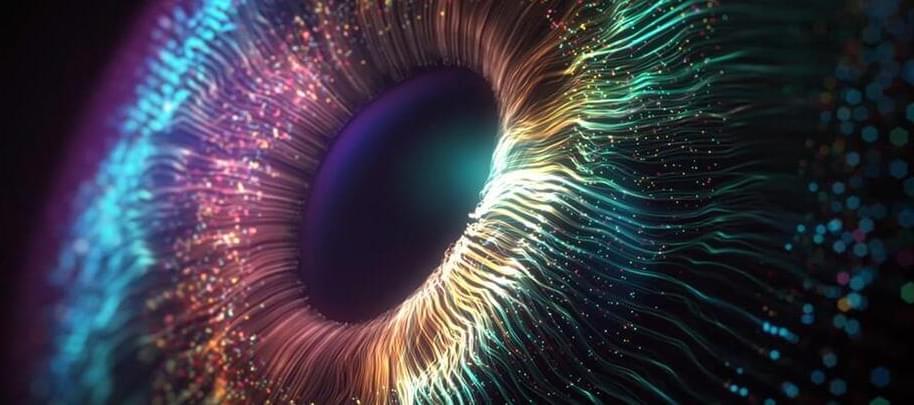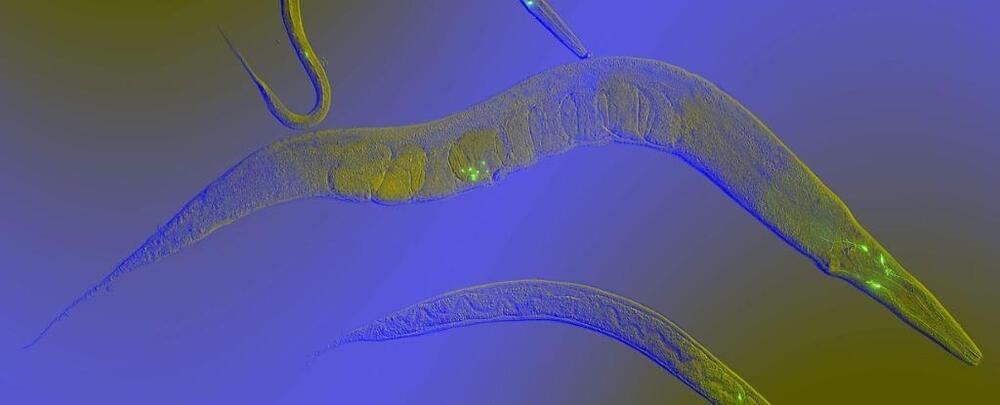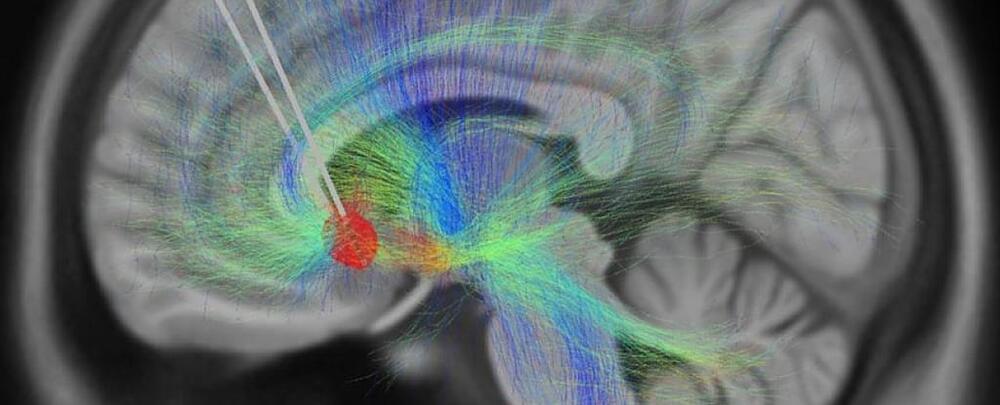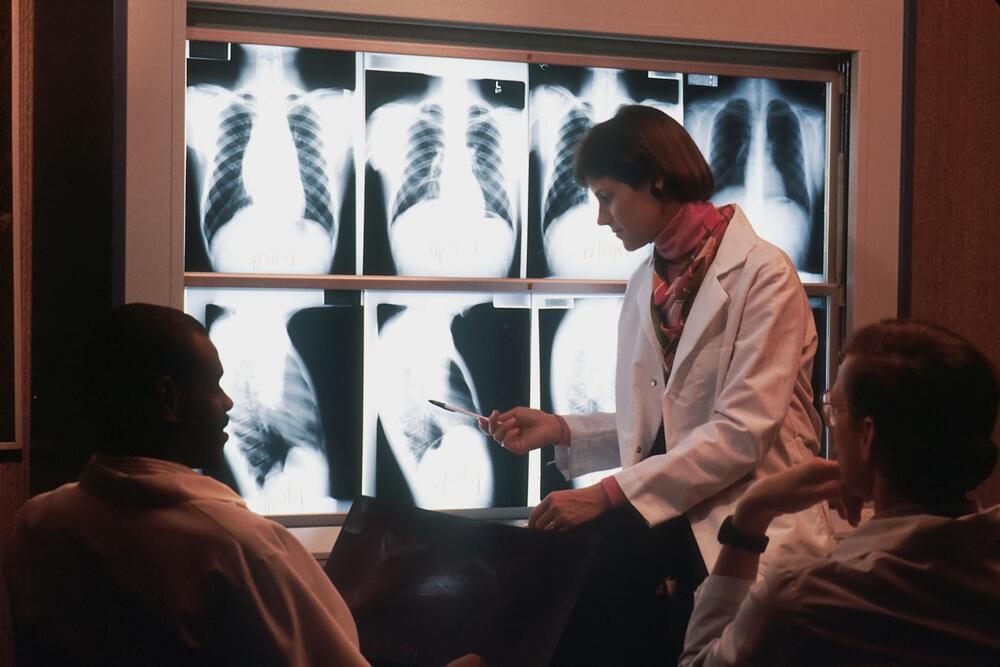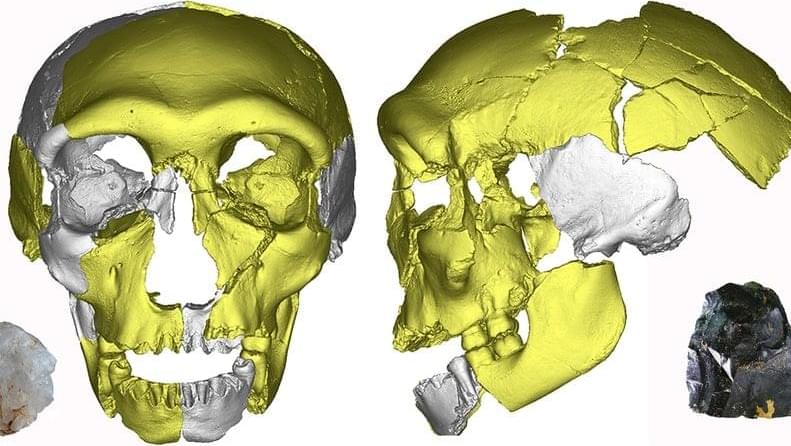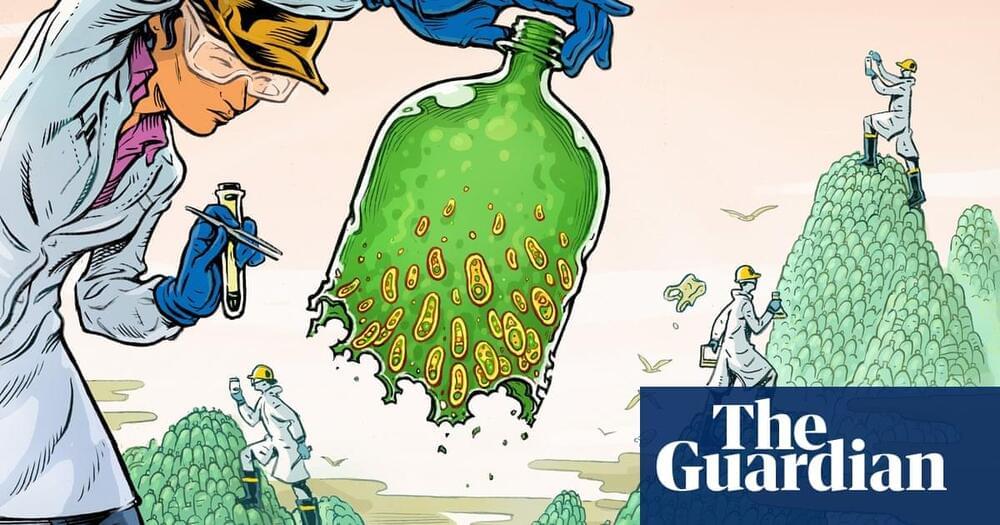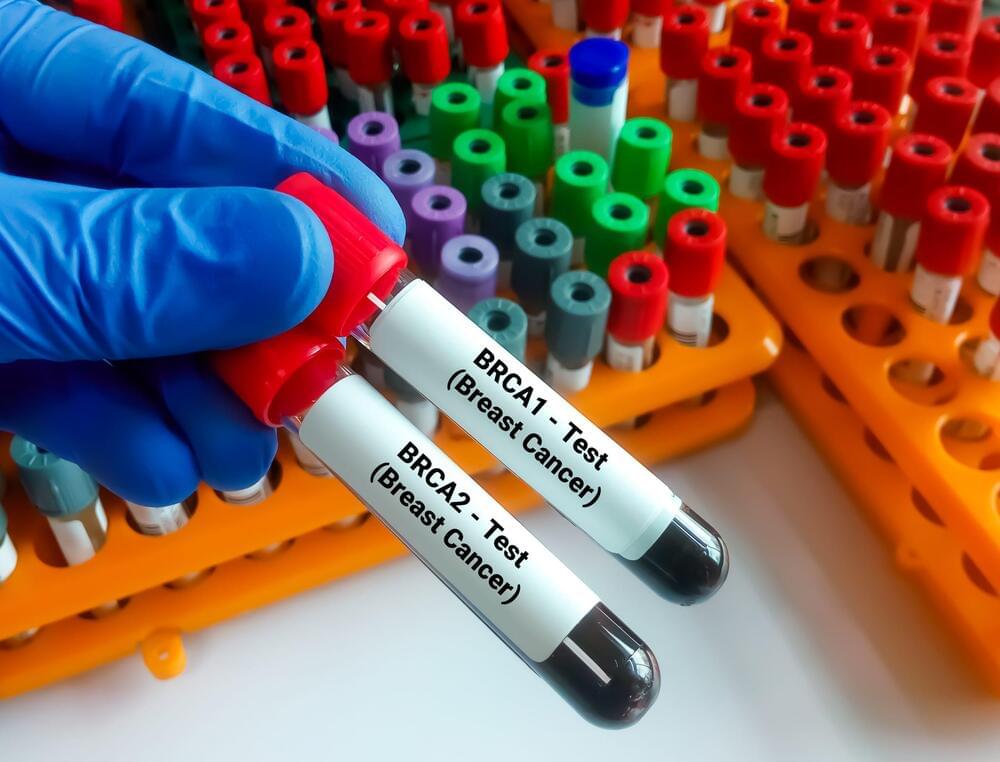Oct 2, 2023
Where Does Consciousness Start? Debate Is Heating Up Over Some of The Leading Theories
Posted by Saúl Morales Rodriguéz in category: neuroscience
Science is hard. The science of consciousness is particularly hard, beset with philosophical difficulties and a scarcity of experimental data.
So in June, when the results of a head-to-head experimental contest between two rival theories were announced at the 26th annual meeting of the Association for the Scientific Study of Consciousness in New York City, they were met with some fanfare.
The results were inconclusive, with some favoring “integrated information theory” and others lending weight to the “global workspace theory”. The outcome was covered in both Science and Nature, as well as larger outlets including the New York Times and The Economist.
